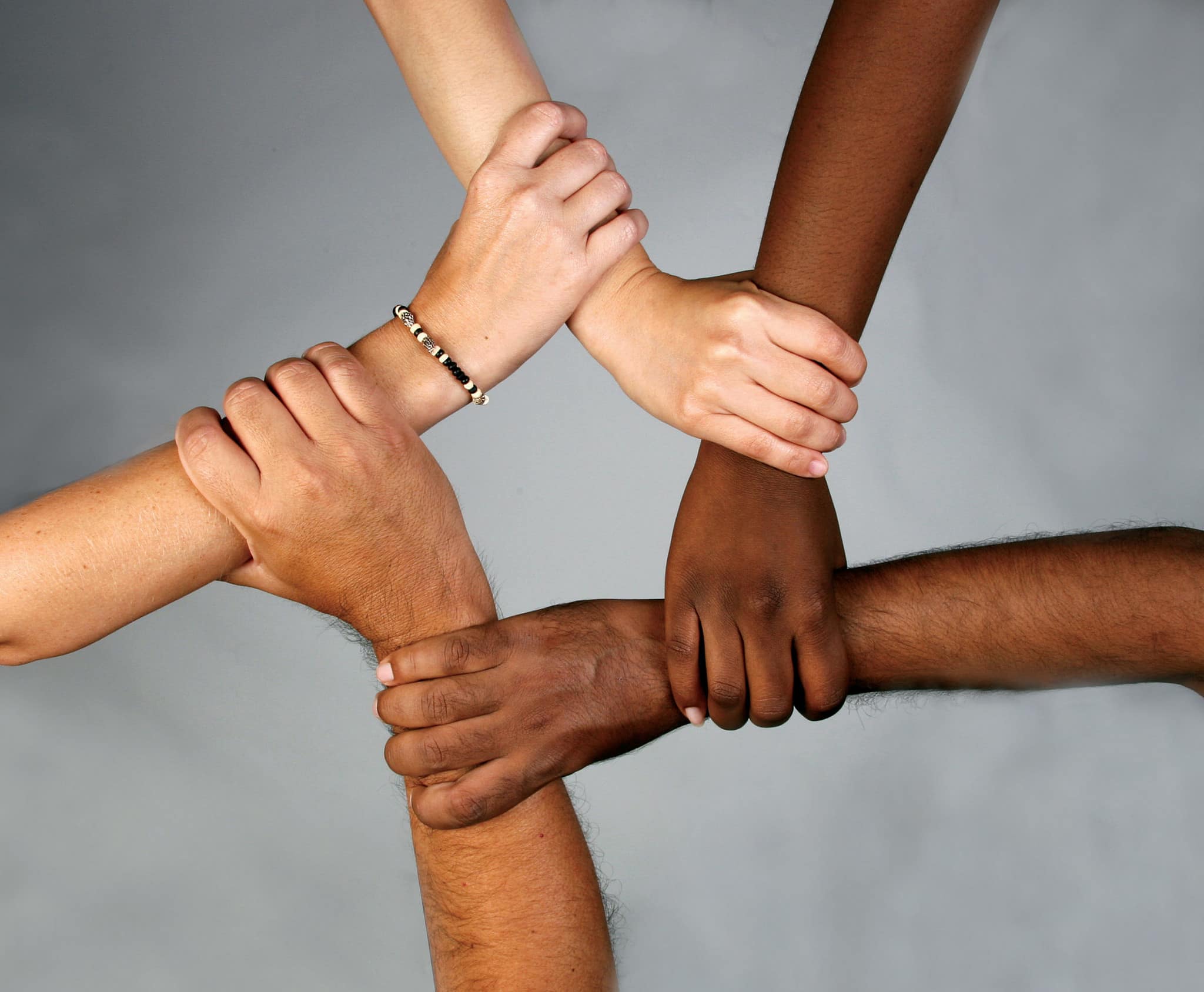
Refugee crisis from a psychological perspective
Second-year Psychology students participating in the University Honours College follow a mini-course on Blogging Science (within the Thematic Meetings course), in which they learn to communicate science to the general public, by means of informing, giving an opinion, and relating issues in science to issues in society. This year a selection of these written blog posts is published on Mindwise. Today’s post is by Lieke Jorna.
Every morning, while drinking my cup of tea and reading the paper, I am reminded of the refugee crisis. There have never been as many refugees as there are today. Currently, 65.3 million people worldwide are looking for a safe place to live (Global Trends, UNHCR). Therefore, European countries face huge numbers of refugees each day, which comes with certain problems such as a shortage of housing and money and an increase of dissatisfaction and hostility in citizens. As you and I can read every morning, a lot of attention is devoted to the organizational and practical problems: How many refugees should each country take in? Where can they stay? What should we provide for them? However, I think many of these questions have an underlying psychological aspect, and we could use psychological theories to explain some of the core processes.
Refugees and immigration
Apart from the horrible situations many refugees have experienced, immigration itself has a large psychological impact. Immigrants leave behind everything they are used to and enter a new culture. It is important to find out how they can best adapt to their host country. Acculturation refers to the process of adapting to a different culture. Over the years, several theoretical models of acculturation and intergroup relations have been developed. We can now use these theories to look at the refugee crisis.
Berry’s [1] classification of acculturation strategies is based on two main issues, namely maintenance of the own culture and contact and anticipation with the host culture. Being either positive or negative towards these cultures, leads to a certain acculturation strategy. According to Berry, the acculturation strategies are not discrete and static; individuals can switch between strategies. It was found that integration is the best strategy. In this strategy it is important to maintain both the own cultural identity and to have positive contact with the host culture. This is contrary to the wishes of natives, who prefer that immigrants adapt an assimilation strategy. In extension of Berry’s model, the interactive acculturation model [2] focused on the role of acculturation orientations of both immigrants and natives. Bourhis and colleagues argued that when immigrants and natives adopt a different orientation, this may lead to problems and conflicts. To stop and prevent conflicts between locals and refugees, we should therefore try to ensure that they adopt the same acculturation orientation.
Group members and emerging conflicts
But there are more possible explanations for the emerging conflicts between locals and refugees. According to the contact hypothesis [3], negative attitudes towards another group are caused by a lack of knowledge about the group members and their culture. That is why it is important that members of different groups come into positive contact with each other. But there are processes that may cause such contact between refugees and locals to not occur naturally. For instance, the similarity-attraction hypothesis [4][5] states that people evaluate others more positively when they perceive them as similar to themselves. This might explain why people do not like cultural differences, and prefer to spend time with those who share their cultural background. Finally, Gaertner and Dovido [6] stated with their common ingroup identity model that people treat members of their own group members often more positively than members of another group. According to this model more positive attitudes about members of other groups can be formed by changing the cognitive representation from different small groups to one big entity. We should therefore try to change people’s representation of refugees from seeing them as refugees to seeing them as people living in the same country. Attitudes towards refugees then become more positive because they are now part of the same group and people tend to have positive attitudes towards their own group.
Coming up with interventions
Immigration and cultural diversity are important aspects of the current society. Luckily, we have psychological theories that help explain why immigration comes with certain challenges. The next step is to use these theories to improve the situation by coming up with interventions. Some guidelines for interventions that could be directly derived from the theories are: 1) enhancing positive contact between immigrants and locals, 2) reducing the categorization of people in groups, 3) accepting other people’s own identity and organizing training programs to enhance intercultural understanding. Importantly, as these guidelines already suggest: interventions should not only be targeted at the refugees, but people from the host culture also play an important role in a successful integration process.
Importantly, as these guidelines already suggest: interventions should not only be targeted at the refugees, but people from the host culture also play an important role in a successful integration process.
Relevant links and publications
[4] Berscheid, E., & Walster, E.H. (1969). Interpersonal attraction. US, Boston: Addison Wesley.
[5] Byrne, D.E. (1971). The attraction paradigim. US, NY: Academic Press.
NOTE: Image by Wonder woman0731, licenced under CC BY 2.0



